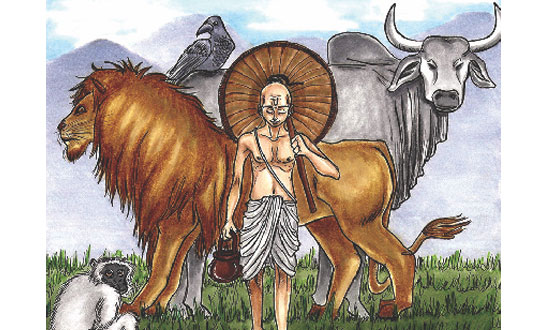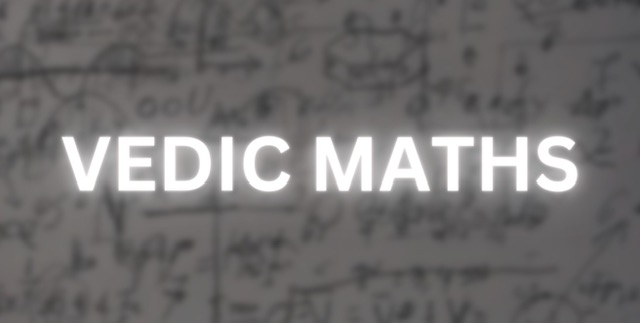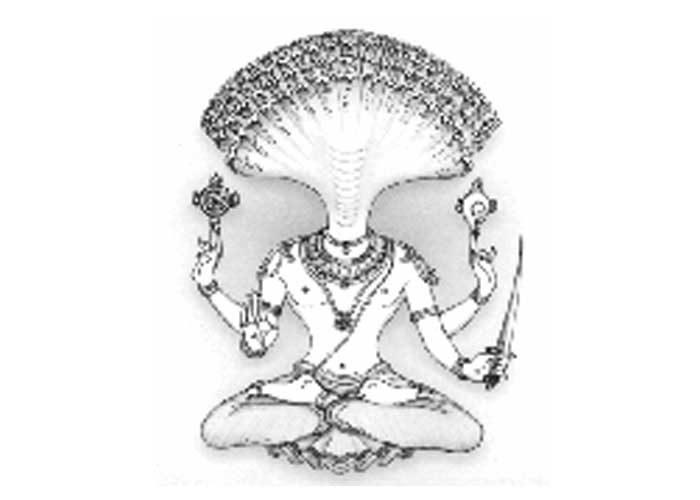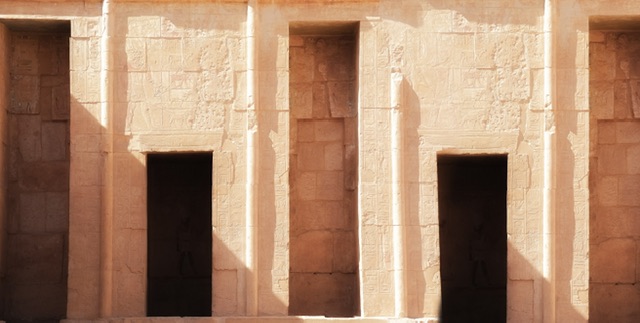Many ages ago in the kingdom of Mahilaropya, there lived a king – an ideal ruler. He had three, not so intelligent sons. The king was worried about the heir to the throne, as he knew that his sons were incapable of governing. He was desperate to find a good and knowledgeable teacher for his sons who would teach them the scriptures and make them capable in a short span of time. His minister then pointed towards a skilled pandit, Vishnu Sharman. Vishnu Sharman was old and the king was worried as to how an old teacher could accomplish this; even an intelligent man takes more than twelve years to grasp all the elements of scriptures. Vishnu Sharman, then, convinced the king that he would teach the princes about kingly conduct through a series of stories, which would be more effective than the scriptures. Thus Vishnu Sharman compiled the collection in five volumes termed as Panchatantra
Panchatantra, is a collection of five volumes – an inter-woven series of colourful fables, many of which involve animals exhibiting animal stereotypes – written by a Guru to instruct the different aspects of kinghood for princes. The five volumes together serve as a guide for prospective kings, to help him on ruling, to choose fellow friends, fellow ministers, to have good conduct in daily life etc.
Apart from a short introduction, in which the author, Vishnu Sharman, is introduced as narrating the rest of the work to the princes, it consists of five parts. Each part contains a main story, called the frame story, which in turn contains several stories ‘emboxed’ in it, as one character narrates a story to another. Besides the stories, the characters also quote various epigrammatic verses to make their point.
The five books are called:
- Mitra-bheda: The Separation of Friends (The Lion and the Bull)
- Mitra-lābha or Mitra-samprāpti: The Gaining of Friends (The Dove, Crow, Mouse, Tortoise and Deer)
- Kākolūkīyam: Of Crows and Owls (War and Peace)
- Labdhapranāśam: Loss of Gains (The Monkey and the Crocodile)
- Aparīksitakārakam: Ill-Considered Action/Rash deeds (The Brahman and the Mongoose)
To quote Edgerton (1924), Panchatantra is, “certainly the most frequently translated literary product of India and these stories are among the most widely known in the world…there are recorded over two hundred different versions known to exist in more than fifty languages, and three-fourths of these languages are extra-Indian. As early as the 11th century this work reached Europe, and before 1600 it existed in Greek, Latin, Spanish, Italian, German, English, Old Slavonic, Czech, and perhaps other Slavonic languages. Its range has extended from Java to Iceland…[In India,] it has been worked over and over again, expanded, abstracted, turned into verse, retold in prose, translated into medieval and modern vernaculars, and retranslated into Sanskrit. And most of the stories contained in it have “gone down” into the folklore of the story-loving Hindus, whence they reappear in the collections of oral tales gathered by modern students of folk-stories.”
Thus Panchatantra goes by many names in many cultures. In India, it had at least 25 forms, including the Sanskrit Tantrākhyāyikā and inspired the Hitopadesha. It was translated into Middle Persian in 570 CE by Borzūya. This became the basis for a Syriac translation as Kalilag and Damnag and a translation into Arabic in 750 CE by Persian scholar Abdullah Ibn al-Muqaffa as Kalīlah wa Dimnah. A new Persian version from the 12th century became known as Kalīleh o Demneh and this was the basis of Kashefi’s 15th century Anvār-e Soheylī, The Lights of Canopus. The book in different form is also known as The Fables of Bidpai (or Pilpai, in various European languages) or The Morall Philosophie of Doni (English, 1570).
According to its own narrative, it illustrates, for the benefit of three ignorant princes, the central Hindu principles of nīti. While nīti is hard to translate, it roughly means prudent worldly conduct, or ‘the wise conduct of life’. These collections of stories in Panchatantra are a real boon for parents to help them guide their children towards values in human life. All stories of Panchatantra are accompanied by a moral. They teach the child realities of life and how to deal with challenges and needs of life; wisdom is their key.





